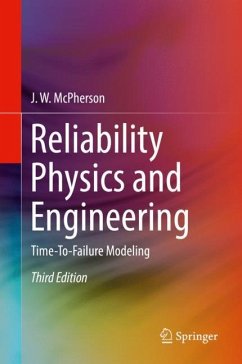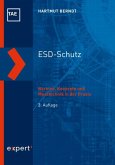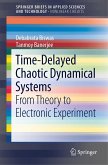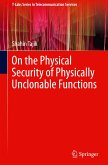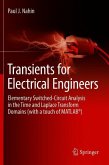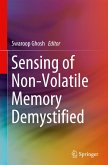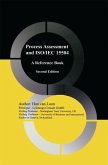This third edition textbook provides the basics of reliability physics and engineering that are needed by electrical engineers, mechanical engineers, civil engineers, biomedical engineers, materials scientists, and applied physicists to help them to build better devices/products. The information contained within should help all fields of engineering to develop better methodologies for: more reliable product designs, more reliable materials selections, and more reliable manufacturing processes- all of which should help to improve product reliability. A mathematics level through differential equations is needed. Also, a familiarity with the use of excel spreadsheets is assumed. Any needed statistical training and tools are contained within the text. While device failure is a statistical process (thus making statistics important), the emphasis of this book is clearly on the physics of failure and developing the reliability engineering tools required for product improvements during device-design and device-fabrication phases.
"Reliability Physics and Engineering: Time-to-Failure Modeling ... presents good technical insights into advance reliability physics theories and modeling, suitable for both industry and academic practitioners. The authors provide insights into the broad values and technical applications of reliability and safety engineering in this book. ... Valuable as a learning tool reliability physics and modeling, its clear relevance to real-world industry practices make it useful for both academics and semiconductor industry practitioners." (Chong Leong Gan, Life Cycle Reliability and Safety Engineering, Vol. 9, 2020)

